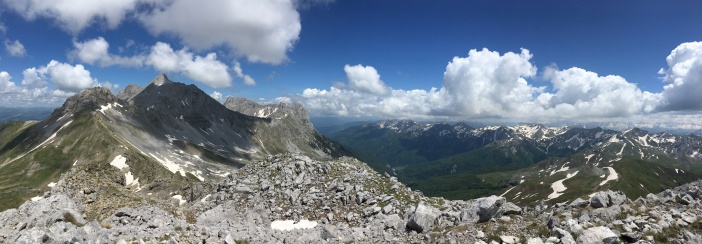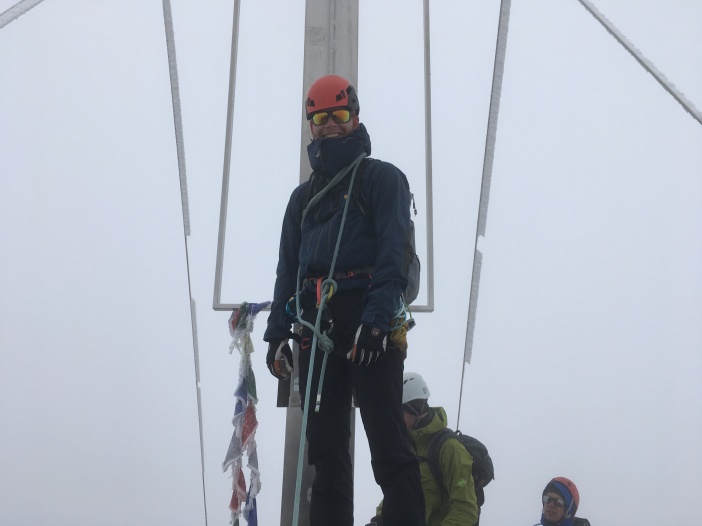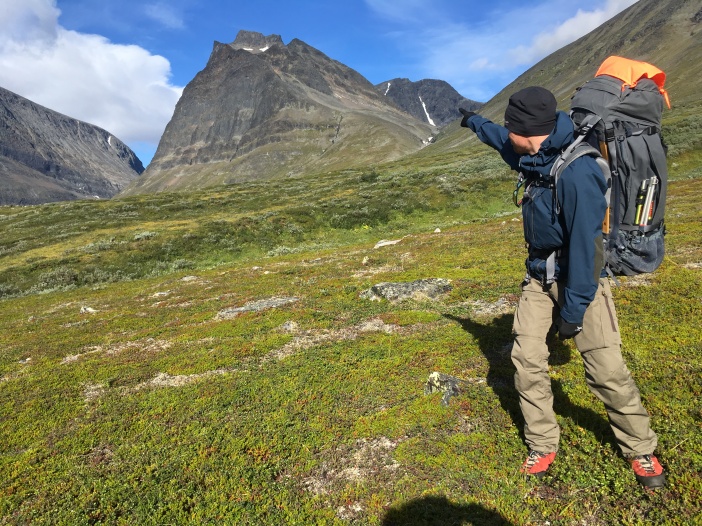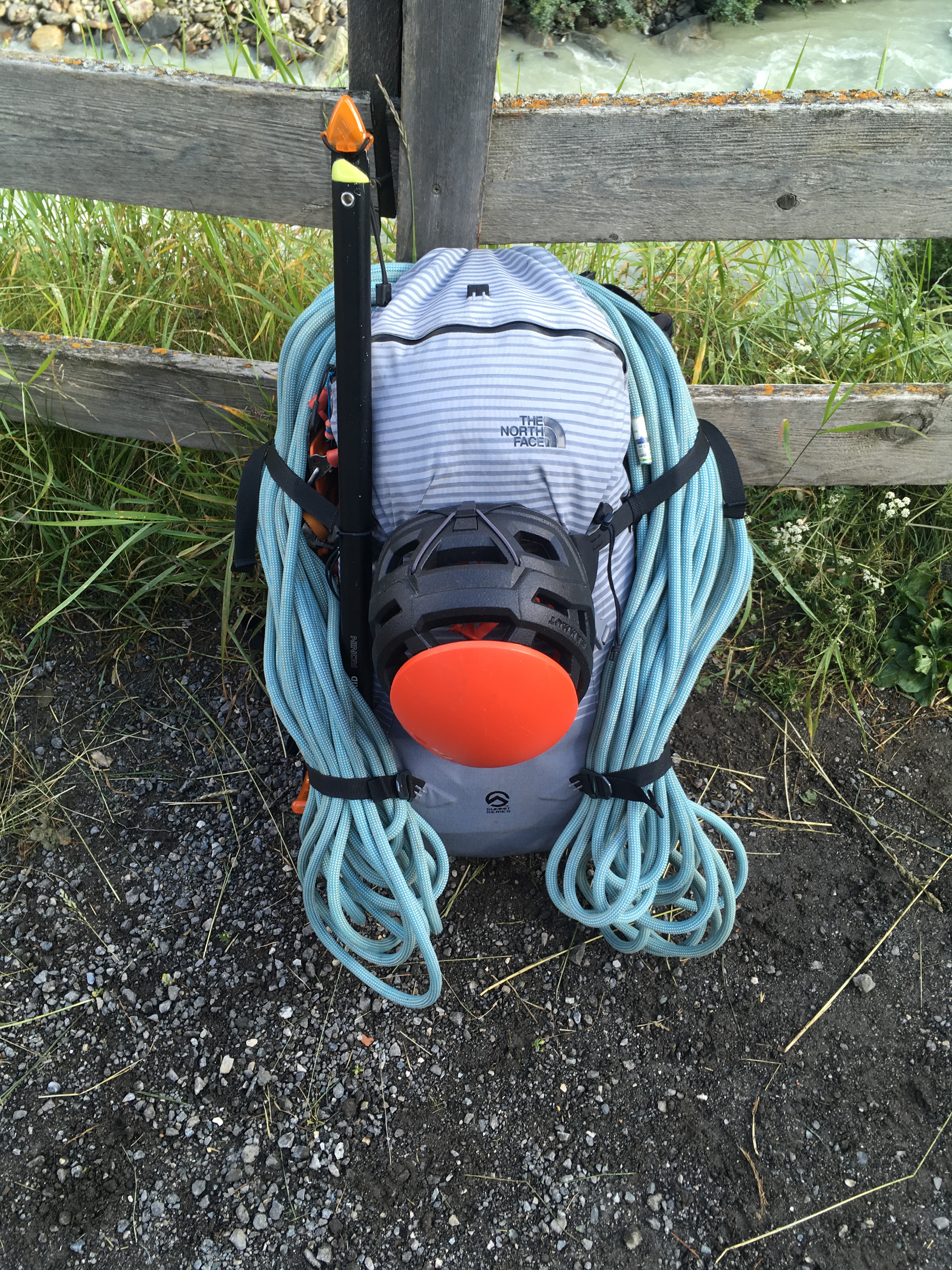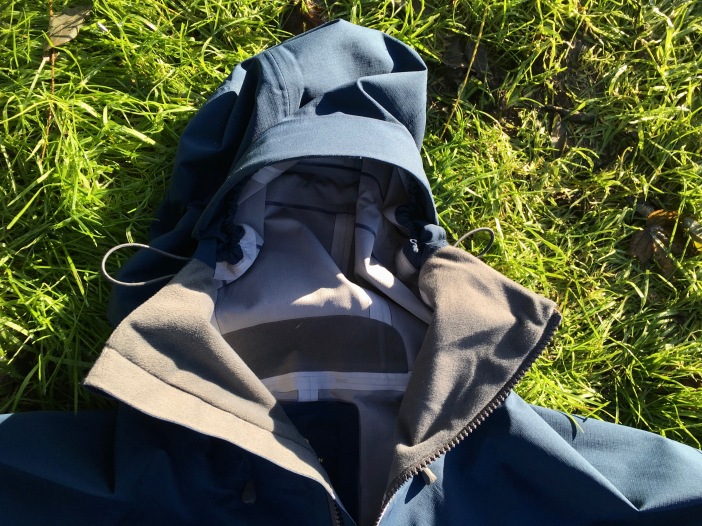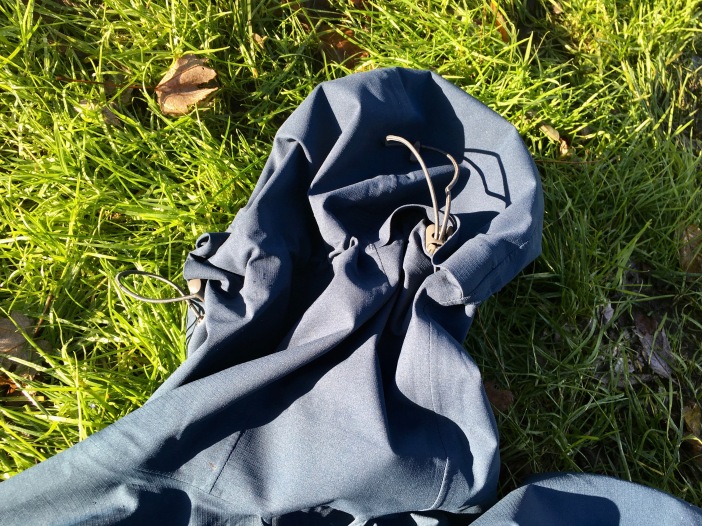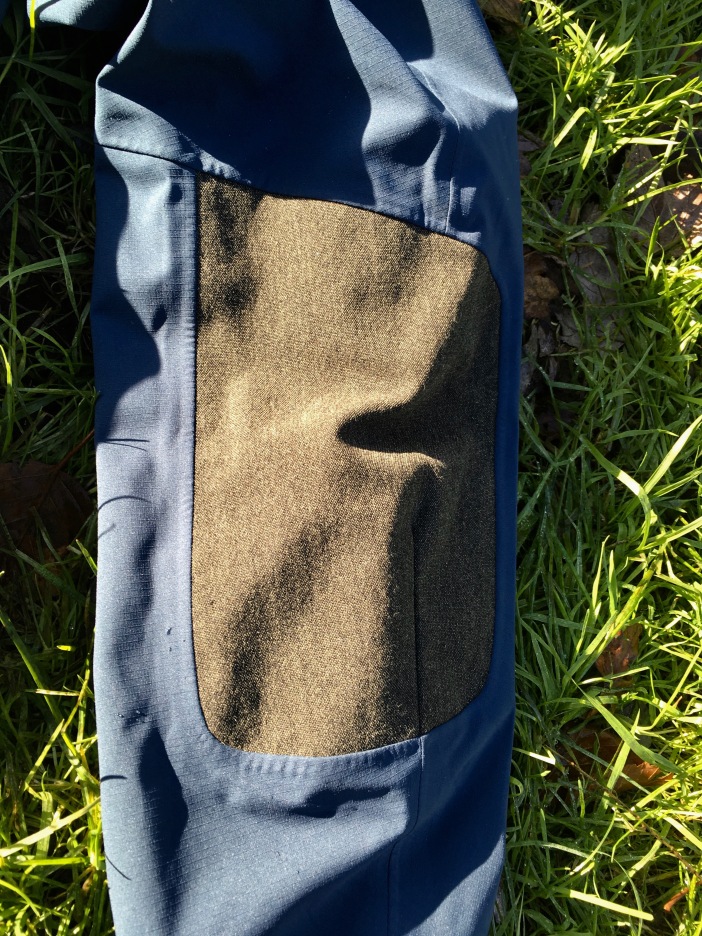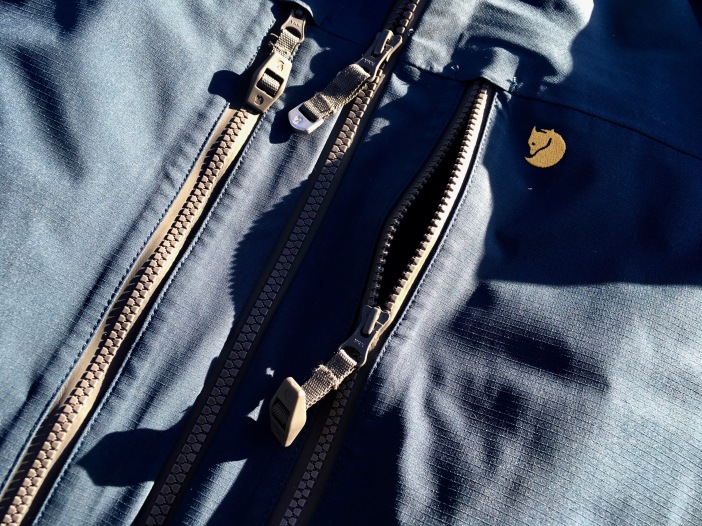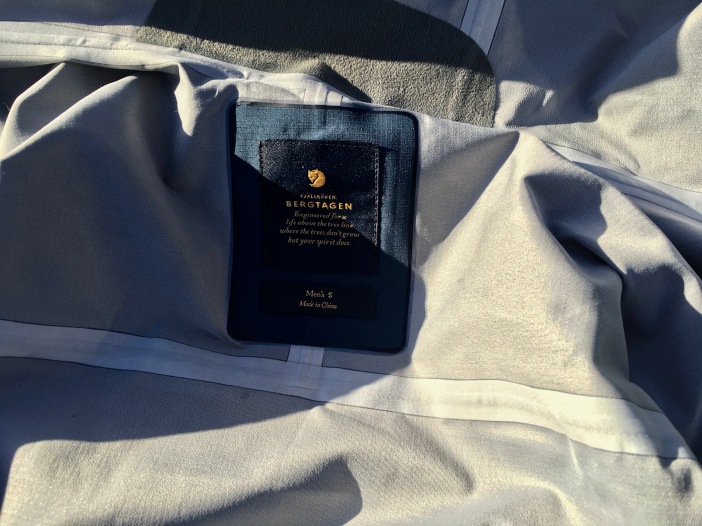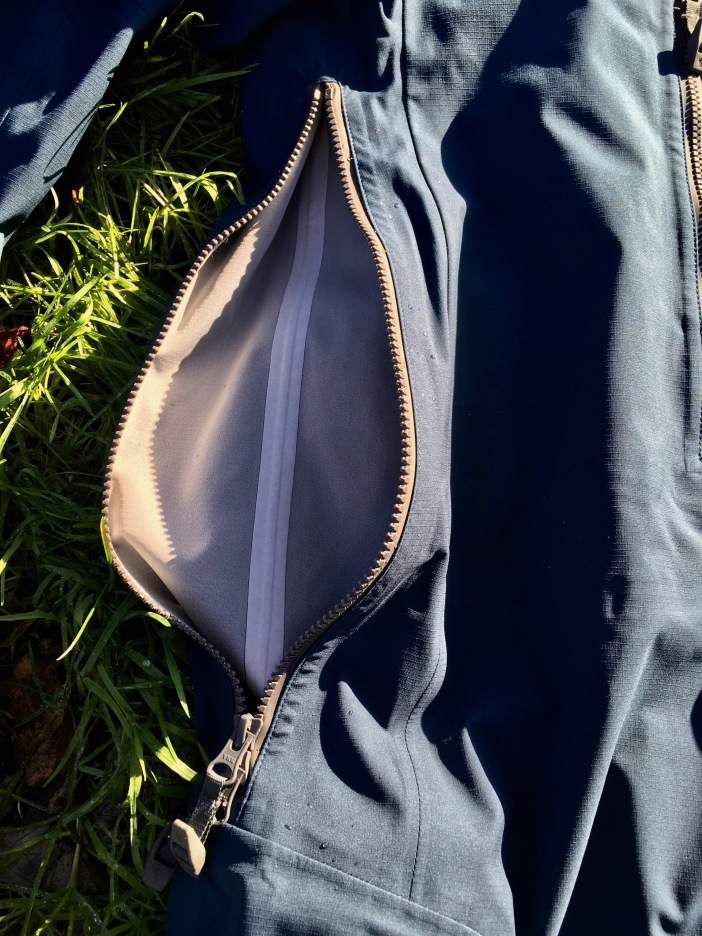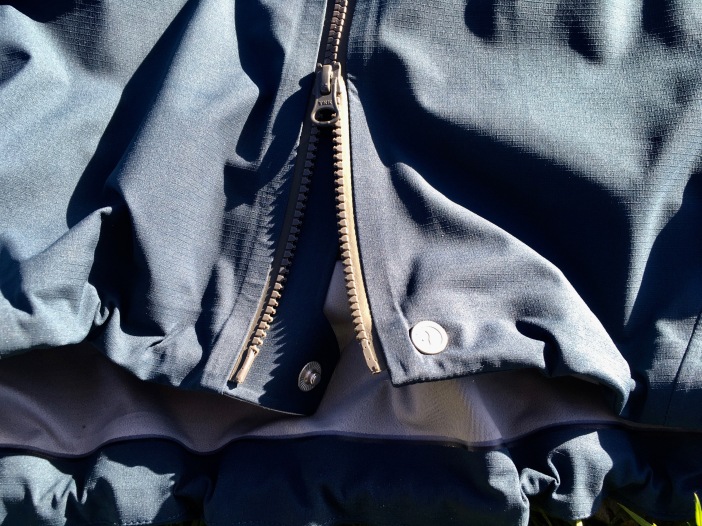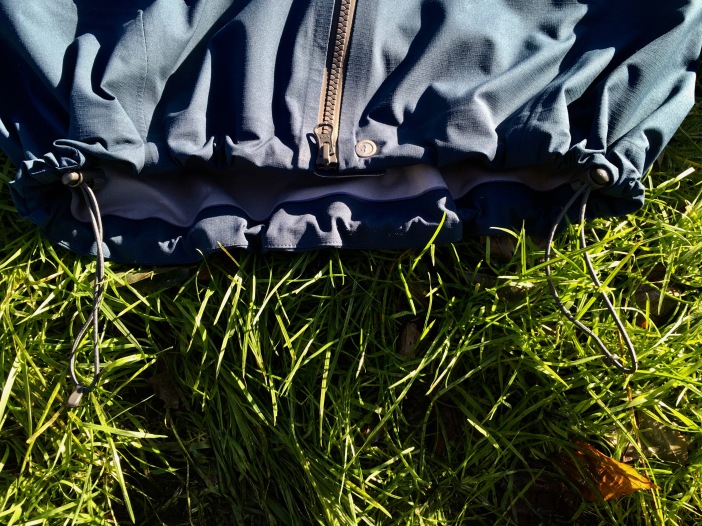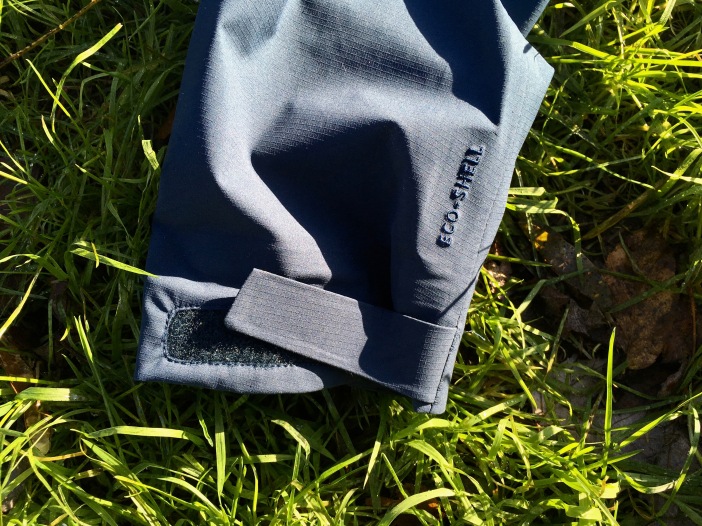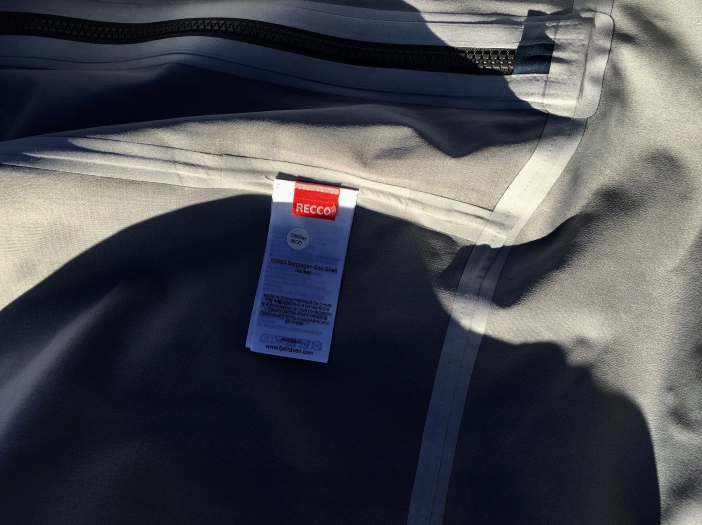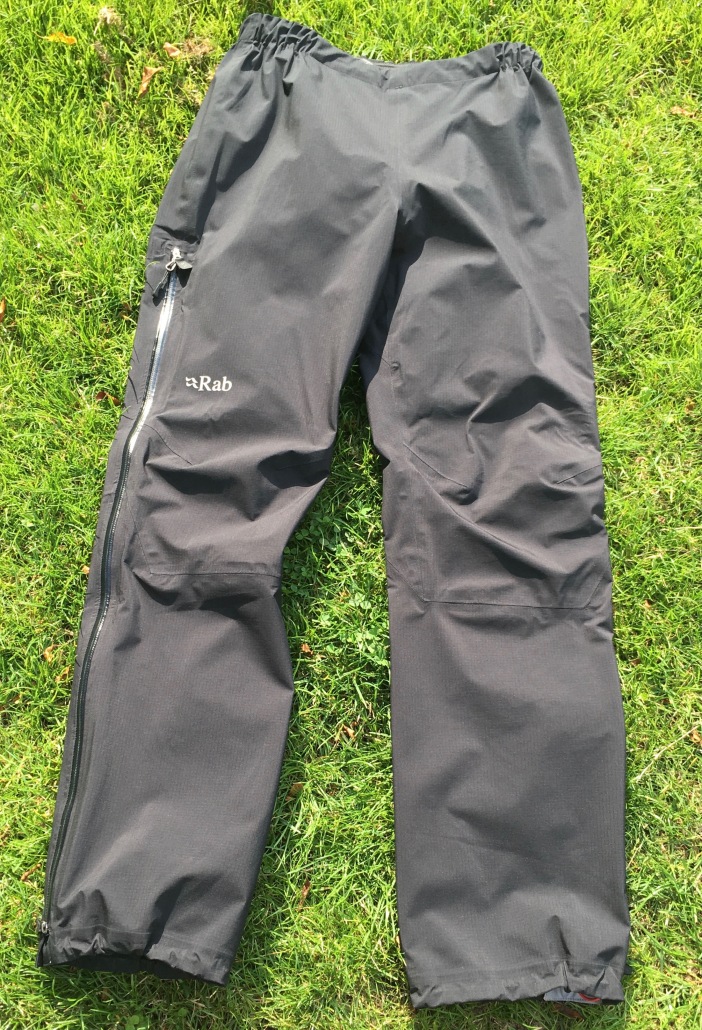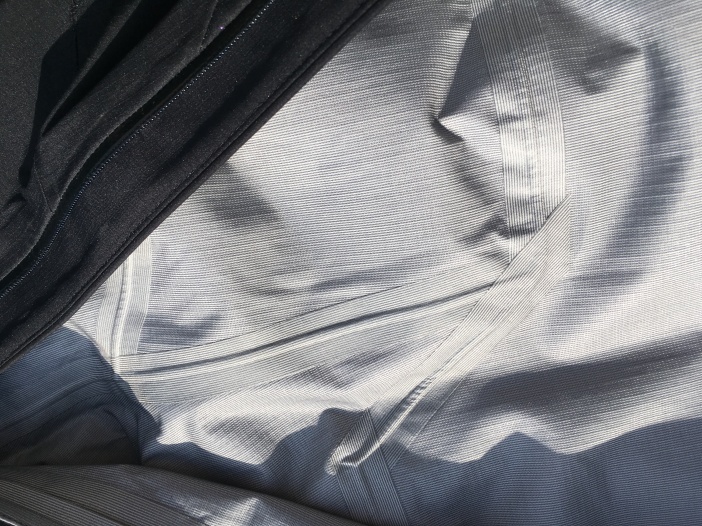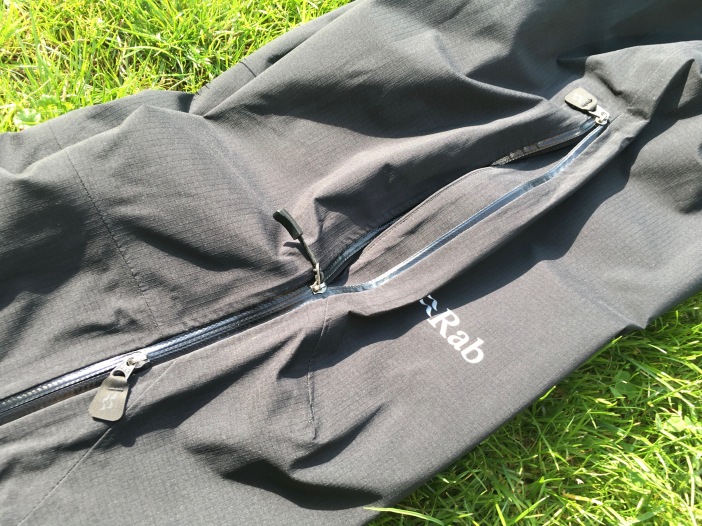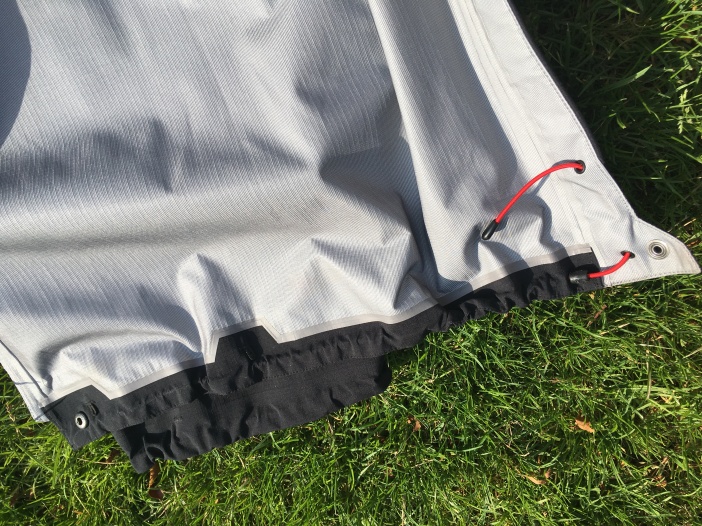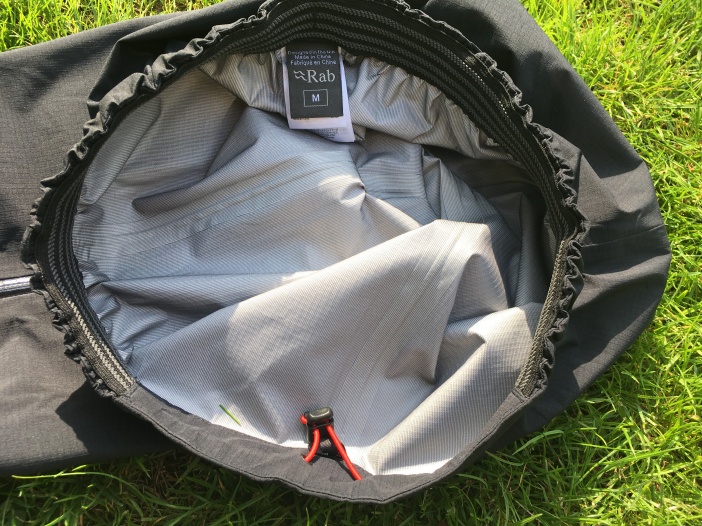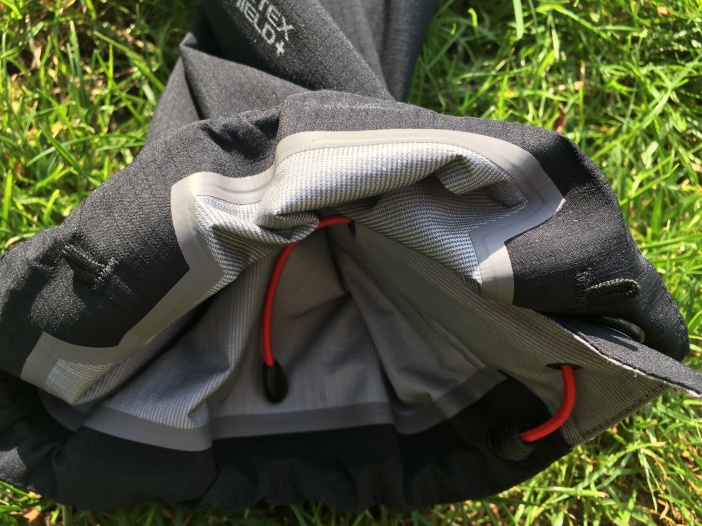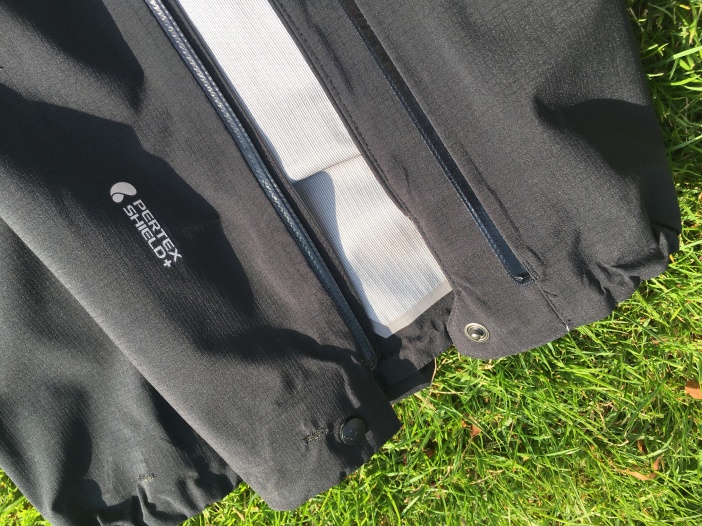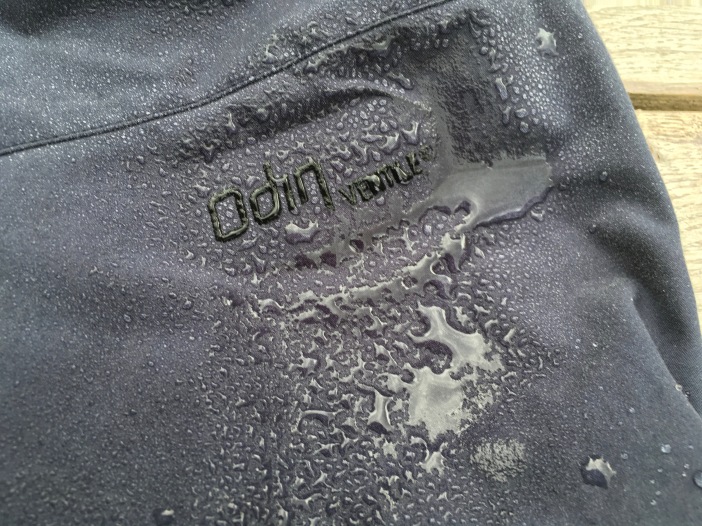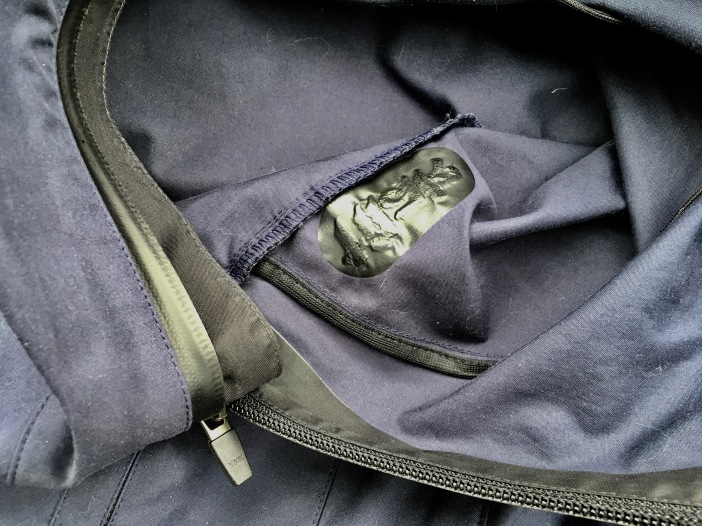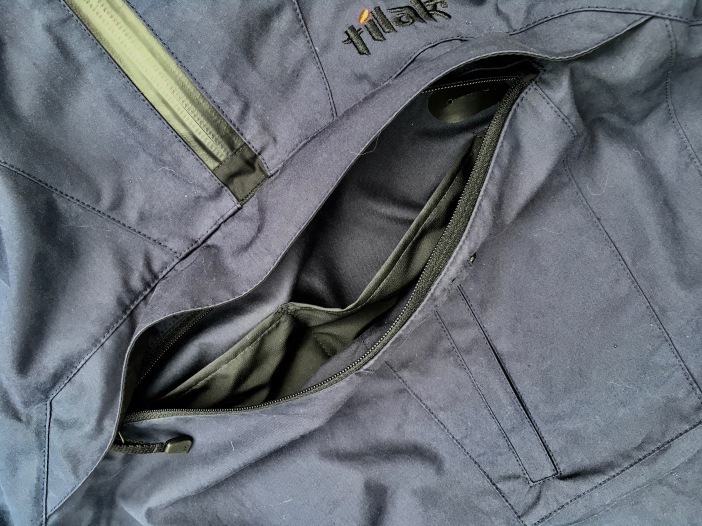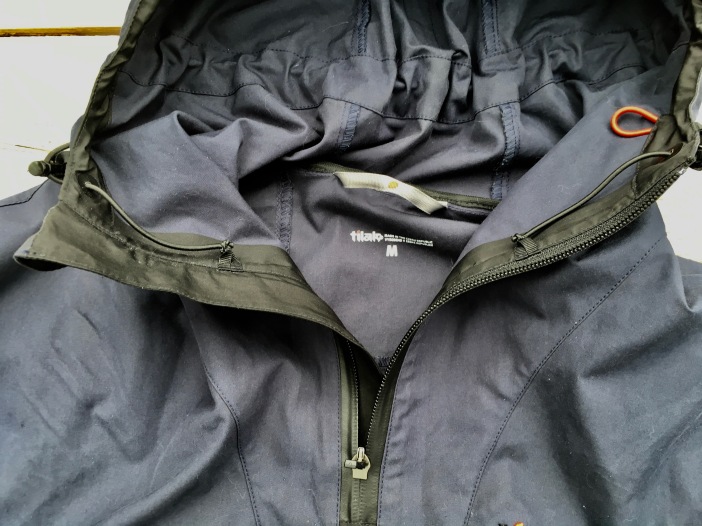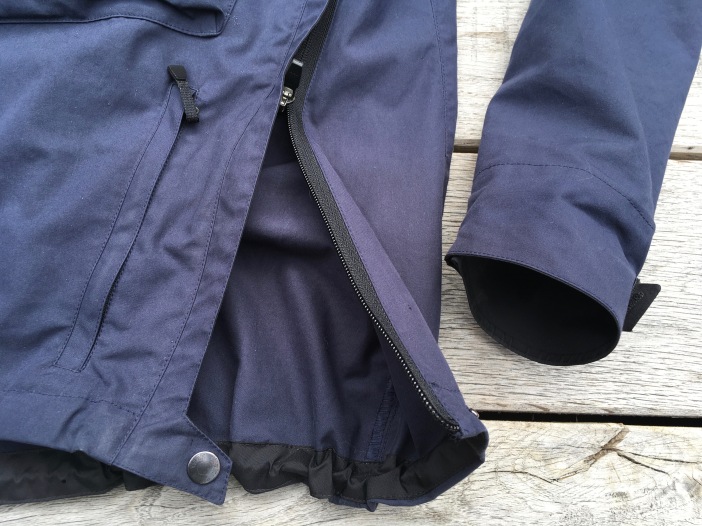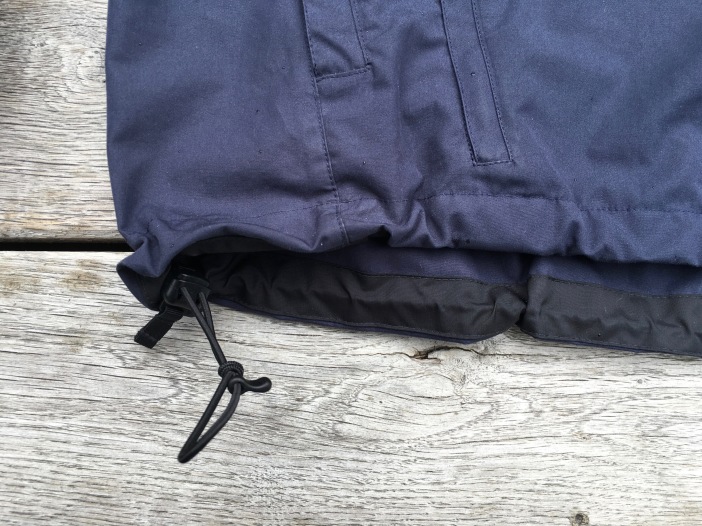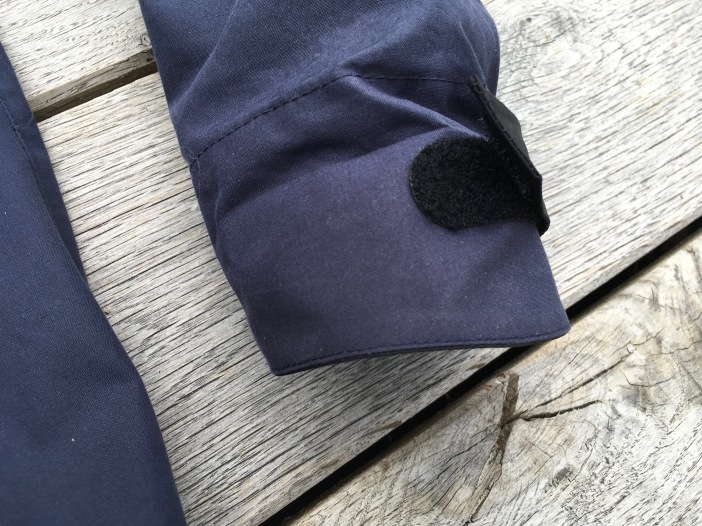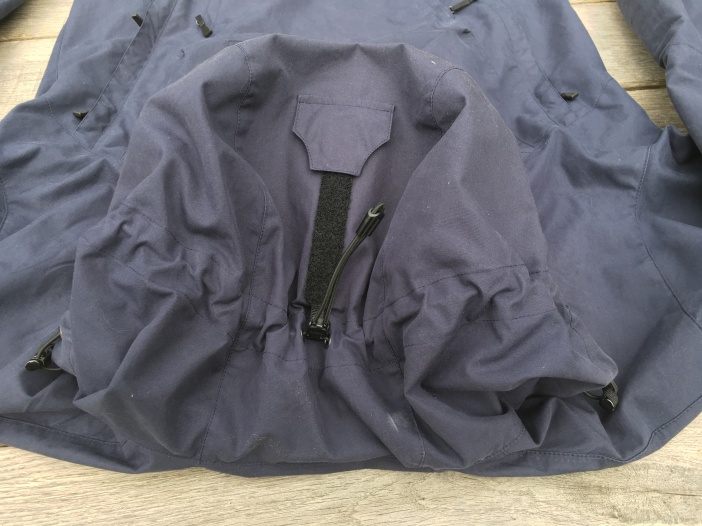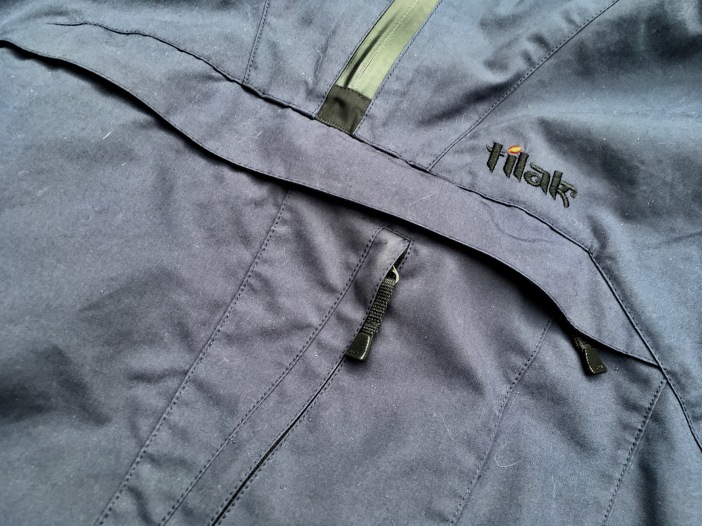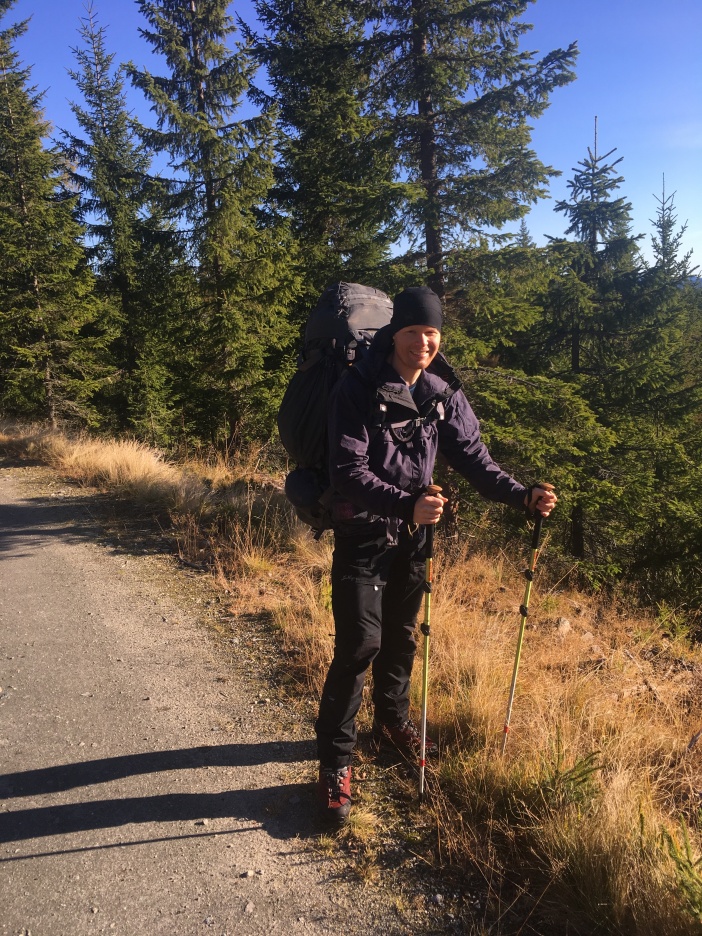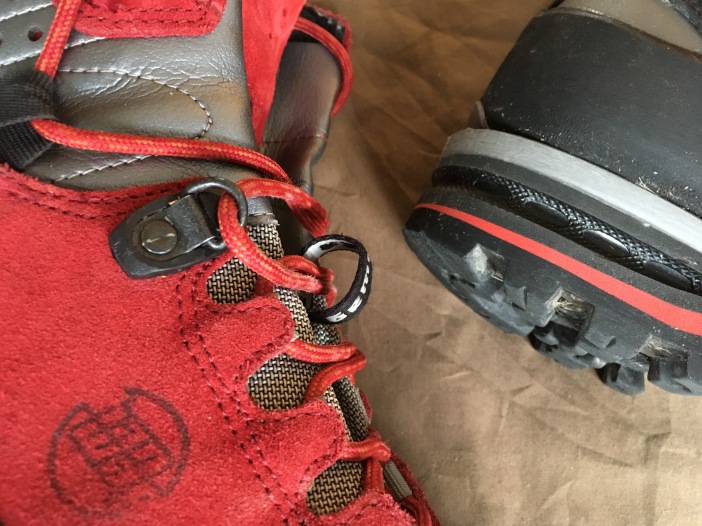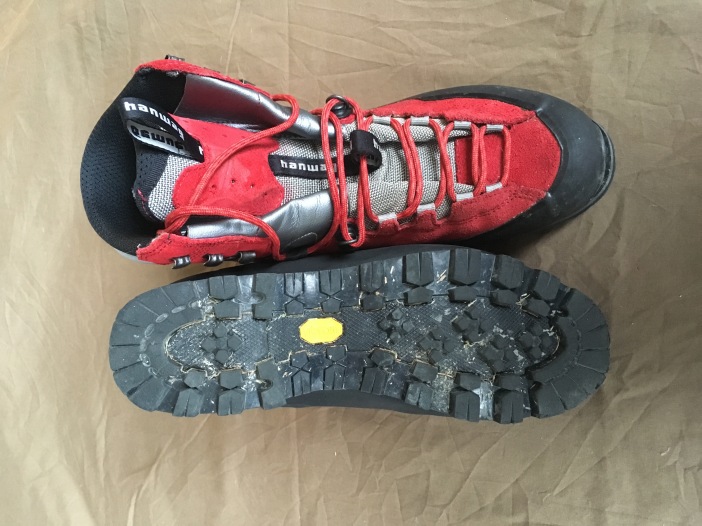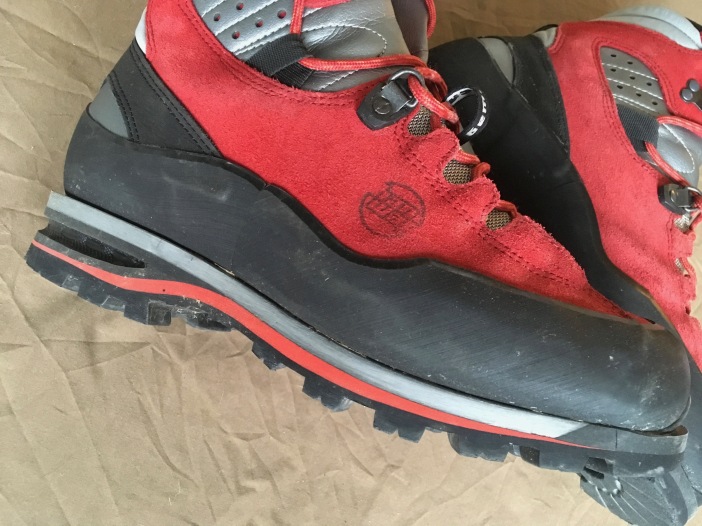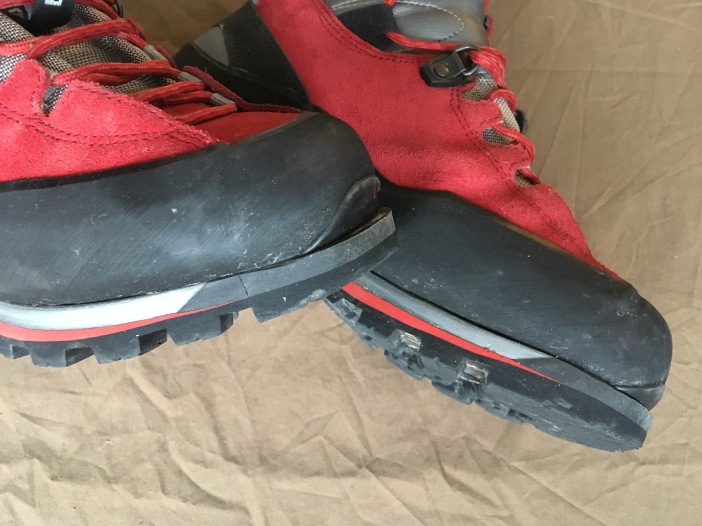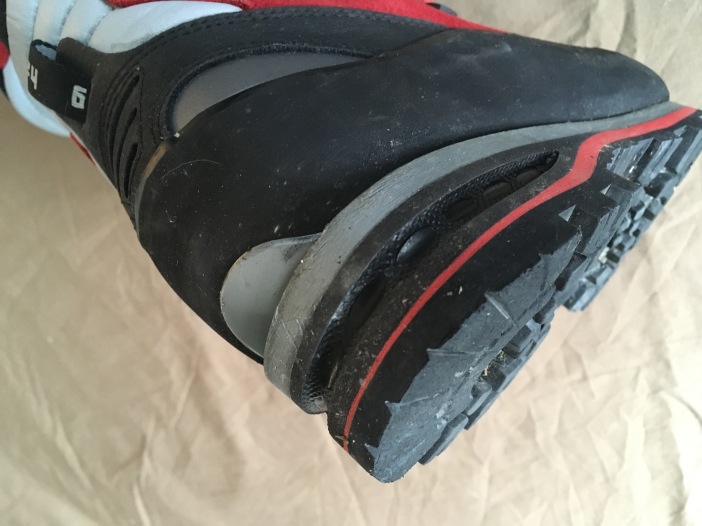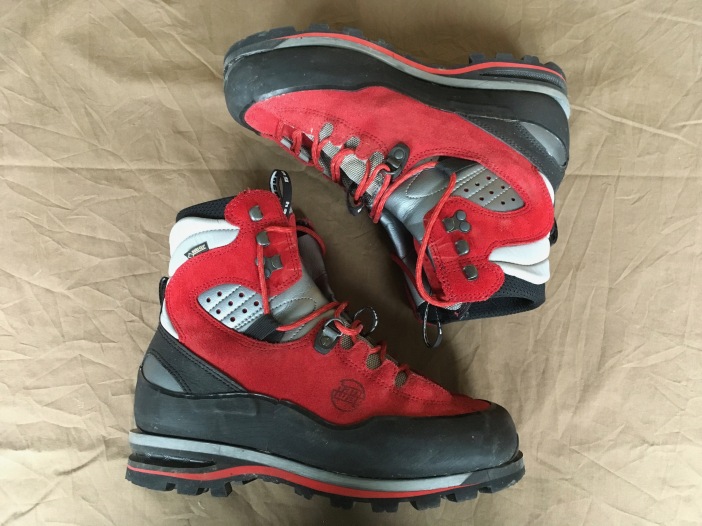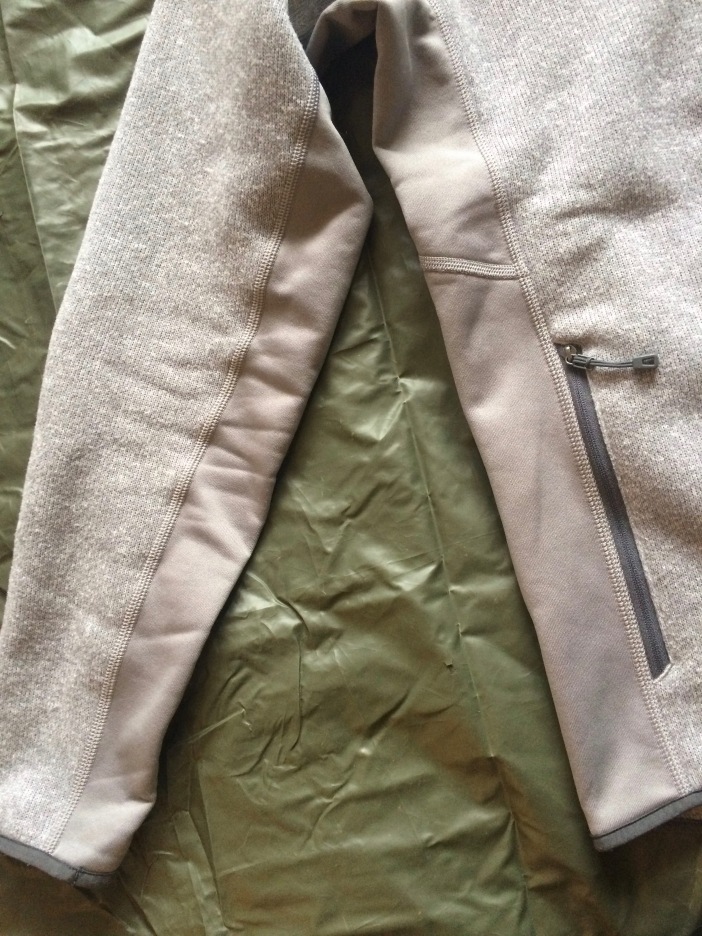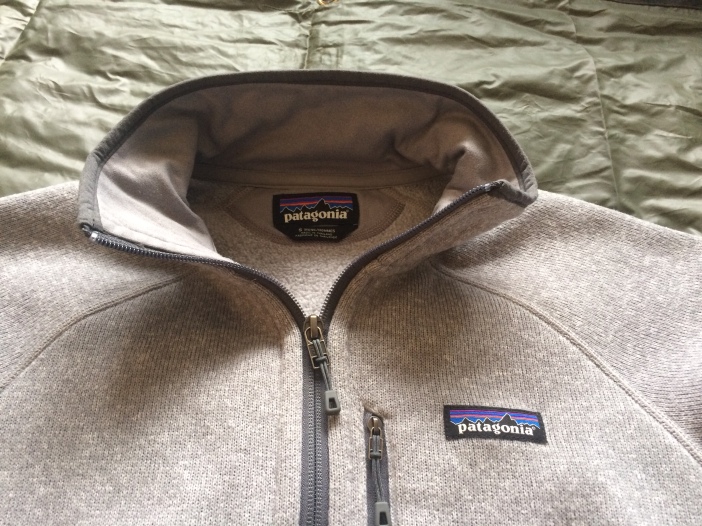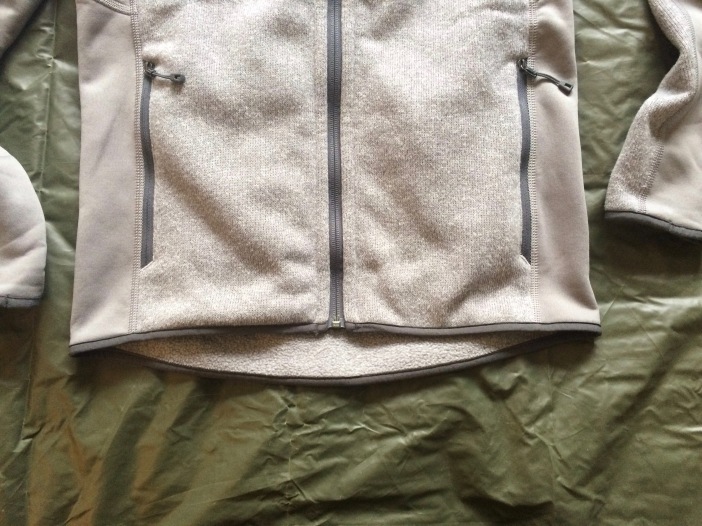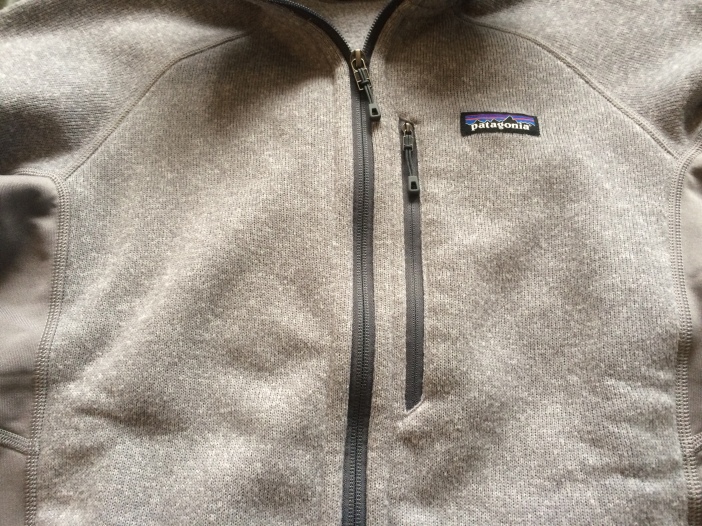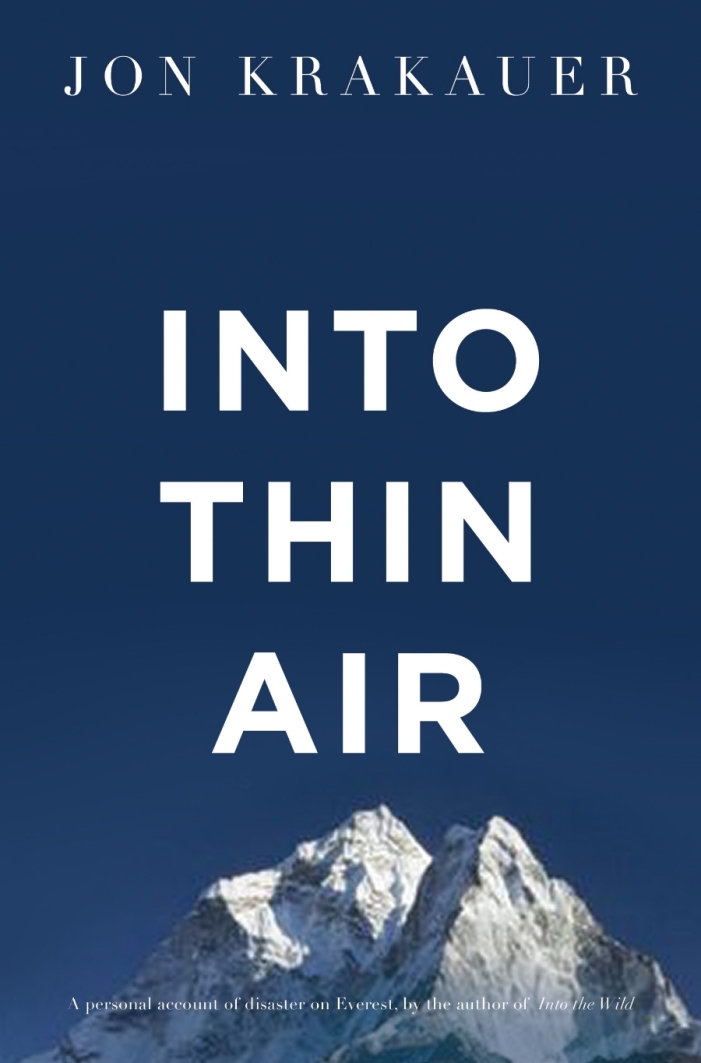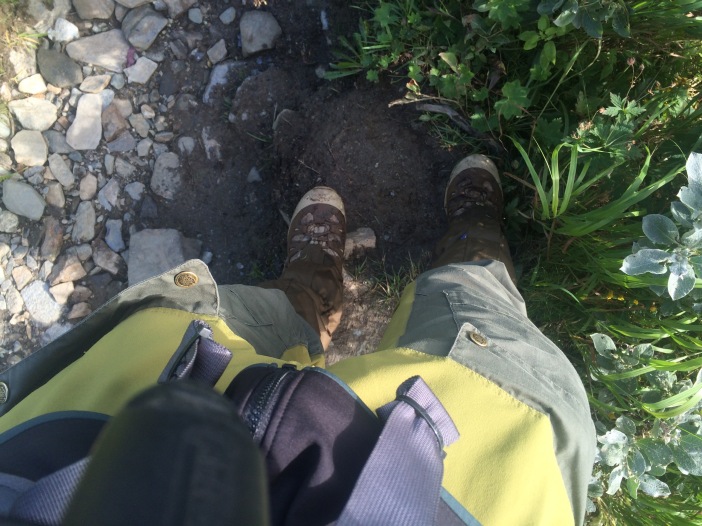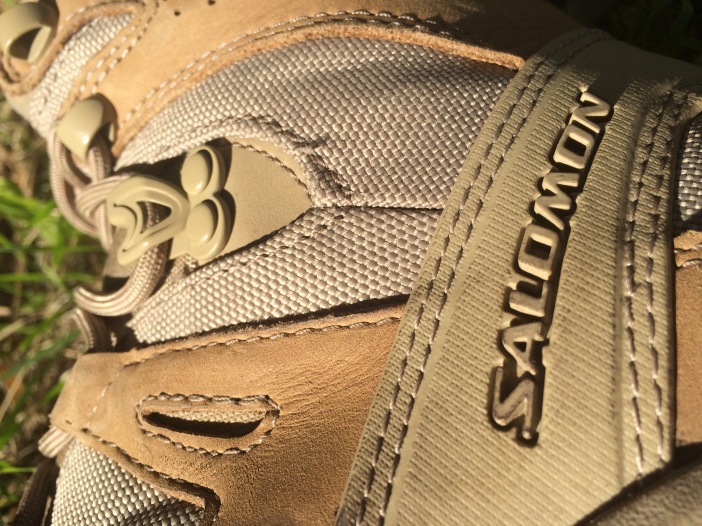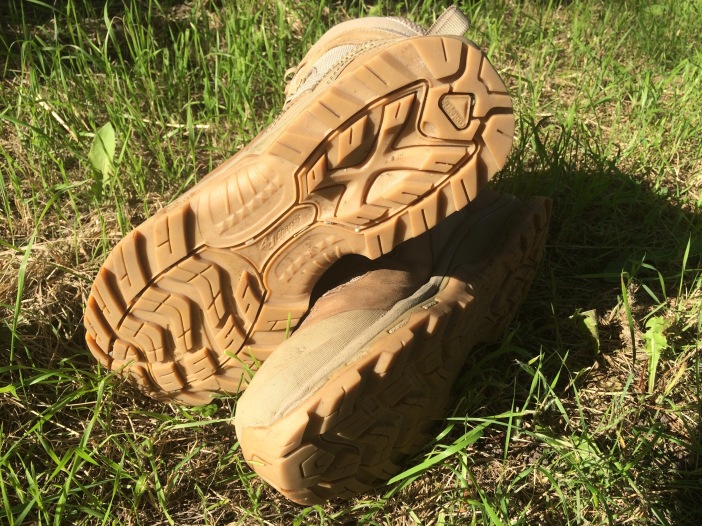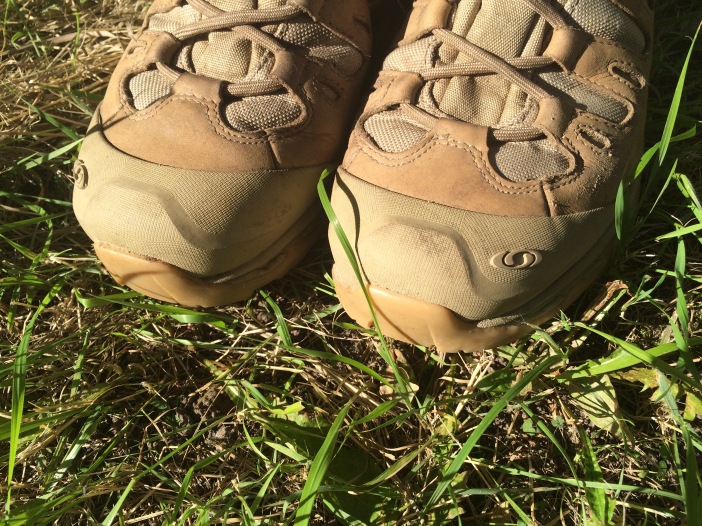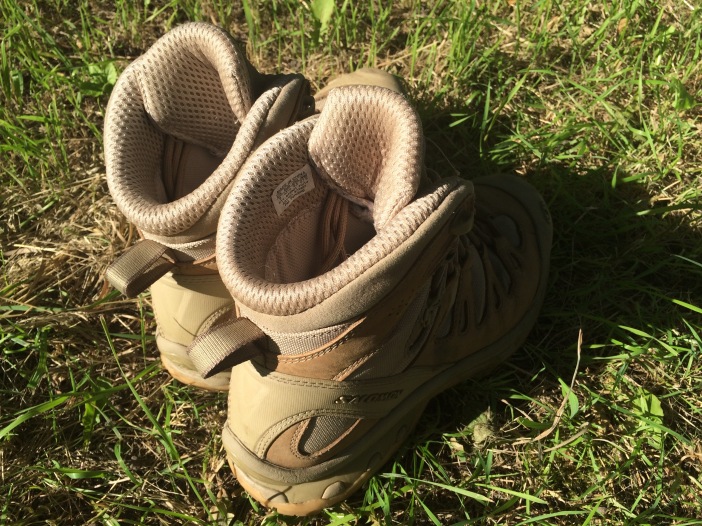Overview
About two years ago I got interested in a material I wasn’t quite familiar with: Ventile. Ventile is made from an extremely tight weave of long-staple cotton and was invented in the 1930s and used extensively in the Second World War for fighter pilots bailing out of their airplanes over the English Channel. At the time, waterproof technical textiles did not exist but the Allies were losing too many pilots at sea so a solution had to be found. They started to make floatation suits out of a material previously used for fire hoses.
When woven tightly, long-staple cotton fibers swell when wet and block moisture from seeping through. In single layer fabrics, this does not become fully waterproof, but when combined with a second layer of fabric, it does. Other pros: it is durable, breathable and won’t melt near a fire when an ember touches its surface.
Obviously, bush crafters, survivalists, mountaineers and other outdoorspeople were quick to discover this fabric. Various outdoor gear brands have been making clothing (especially shell jackets) out of this fabric for decades. Cons: it’s relatively heavy (especially the double layer version), expensive, stiff when wet and none-stretchy.
My research led me to invest in a Tilak Odin Anorak. This is a Czech-made Ventile pullover style jacket with ample room for winter layers underneath and a clean look. While I like it for everyday life and hiking and trekking in winter, the roomy fit and small(ish) hood kind of makes it unusable for technical mountain stuff. Also, anoraks tend to get annoying after a couple of weeks of use in urban life.
However, the feeling of the fabric is superb, especially because it is super durable and ages gracefully. So, I decided I also wanted a jacket made from the same material. First step was to get rid of some jackets and other gear I was not using often or didn’t spark joy anymore. Thanks to the decent second-hand market for high-quality outdoor gear that wasn’t too difficult.
Second step: investing. My eye fell on the beautiful Klättermusen Einride Jacket, which I was able to get for a steal, because the brand’s website had one piece left of an old production run in exactly my size and color. Lucky me!
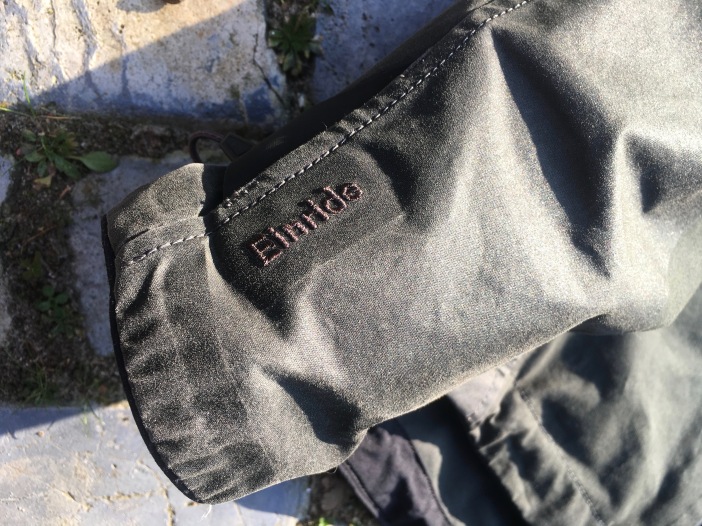
Construction
‘Cotton kills’ is such a ubiquitous expression in the outdoor community that we often do not give it much thought. That is because, by and large, the expression is true. When you go into the mountains fully dressed in everyday cotton jeans and midlayers and you are caught in a freezing drizzle or downpour in the colder seasons you’re pretty much done for.
There are, however, a few exceptions: Ventile and EtaProof. Both of these fabrics swell when wet and act as a barrier between you and the wind and rain. As a single layer, these fabrics act as any good softshell fabric should, and when combined with a second layer, they become waterproof. Ventile is basically the granddaddy of technical waterproof-breathable fabrics. EtaProof is essentially the same but made in Switzerland instead of the UK. For a number of their garments, Swedish company Klättermusen has decided to work with EtaProof.
EtaProof is made from 100% organic cotton, which is nice because these high-quality cotton fabrics can only be produced from the top 2% best cotton of worldwide production – can you imagine the amount of fertilizer and water it would take to do that in a non-organic way?
The cool thing about Ventile and EtaProof is that it not only works well in the outdoors, it also looks very good. It does not have any of the plastic look and feel of traditional shell materials and it also ages nicely. It cannot delaminate or crumble and it will not rip as easily as a thin softshell or hard-shell material. All in all, it is a very good material for hard-use cases. Just bring a lightweight rain jacket as a backup, but you’ll probably not use it much…
The construction of the Einride is top-notch, as you would expect from a premium brand like Klättermusen – high prices in the outdoor industry tend to be quite a good indicator of quality (although marketing does rear its annoying head sometimes as well).
Essential seams have been taped for increased water- and wind protection, and the zippers are all YKK Aquaguard of the newer generation with the exposed teeth. The hard-wear areas have been reinforced with DuraCoat, a proprietary coating technology developed by Klättermusen, increasing the abrasion resistance of these areas up to five times. As this is a mountain jacket in design, these reinforced areas are the lower sleeves up to about the elbows, and the side of the hips. Stitches are superb throughout with ample bar-tacking and double stitches when necessary.
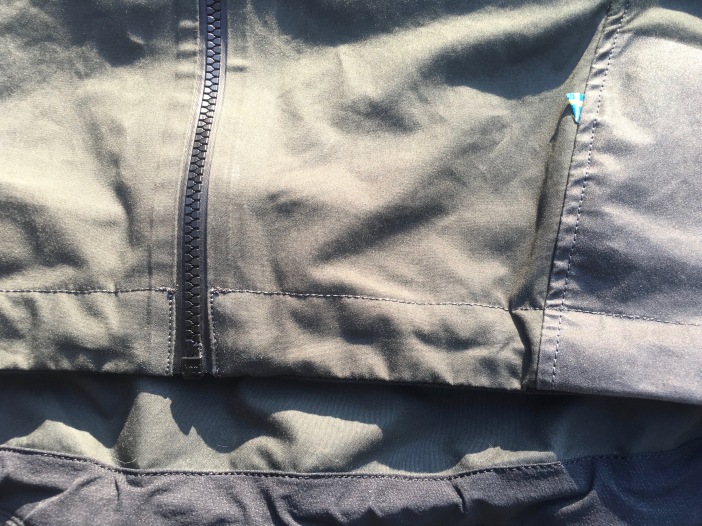
I like how Klättermusen’s designers have opted for the KISS approach to the features of this jacket, as that makes sure that any unforeseen problems are mendable. It also creates a clean look that doesn’t stand out on the streets. That is not to say that this is not a technical jacket, but more on that in the next section.
Features
While this jacket looks super clean it comes as equipped for the mountains as any technical shell should! We’ll start at the top and work ourselves to the bottom of the jacket.
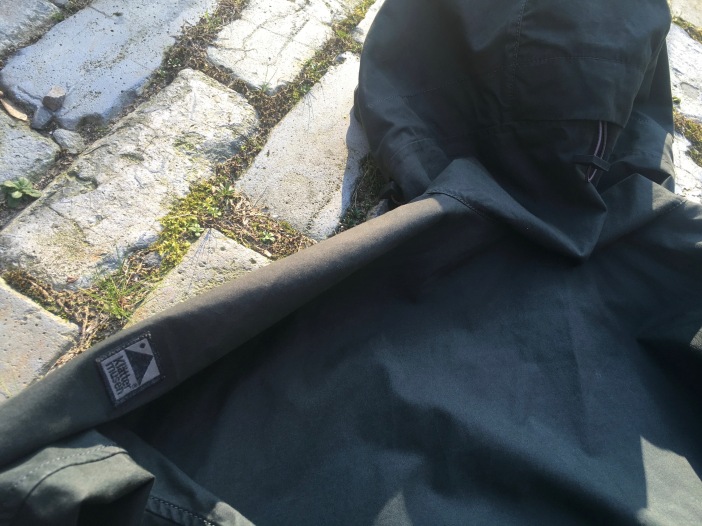
First up is the hood. As Klättermusen is a mountaineering brand in spirit and practice – the name literally means Climbing Mouse – the hood is fully adjustable, roomy enough for a climbing helmet and fully patterned to follow your head whichever way you move. The adjustment dials are operable with one hand, although they are a bit different from those seen on most other jackets so they take some time getting used to. Definitely make sure you know how they work before you take a trip to the mountains! The brim is laminated and shaped to keep rain and snow off your face while moving. In design and feel it is comparable to the climbing hoods seen on Arc’teryx or Rab jackets, but less with the snorkel hoods you sometimes see on other Scandinavian brands such as Fjällräven, Lundhags or some other Klättermusen jackets. I like it like this, it is a more dialed-back design that is more controllable when not worn.
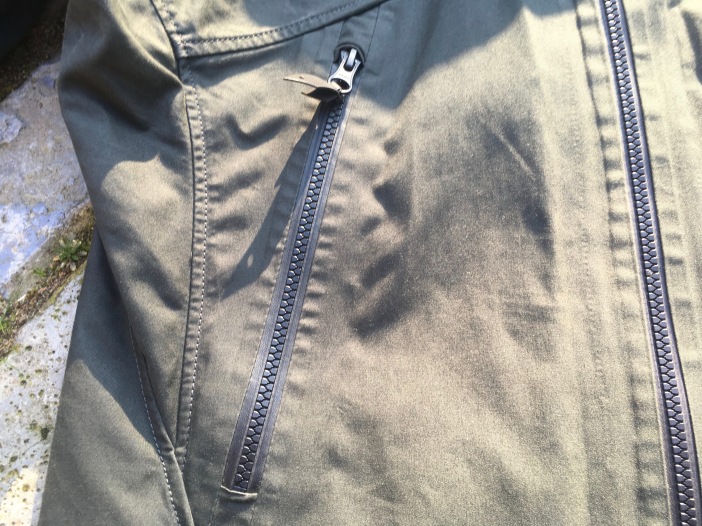
Next up are the pockets! This jacket has three, one on the inside and two on the outside. They are placed high up, so as not to interfere with a hip belt or climbing harness. The outside pockets are big enough to carry gloves, beanies and neck gaiters, or other essentials. They are lined with mesh so they can also act as ventilation ports when it is warmer or you are moving faster or uphill. No other vent zips are present. Again, the zippers are YKK Aquaguard with exposed teeth. The inner pocket will carry a small smartphone or wallet, but not much more.
The bottom hem is adjustable and the sides are reinforced with DuraCoat to make sure your climbing hardware or pack belt does not rub the EtaProof directly.
The sleeves are pre-shaped, reinforced with the same DuraCoat as the hem, and feature nifty sleeve adjusters that forego Velcro or elastic sewn into the fabric but work with a little bit of elastic string and a plastic buckle – again, easily replaced when worn out.
The single-way main zip is slightly asymmetric, one of Klättermusen’s design cues. It also feels quite comfortable as the zipper runner isn’t right in front of your chin when you are all buttoned up. Of course, the back is fleece-lined.
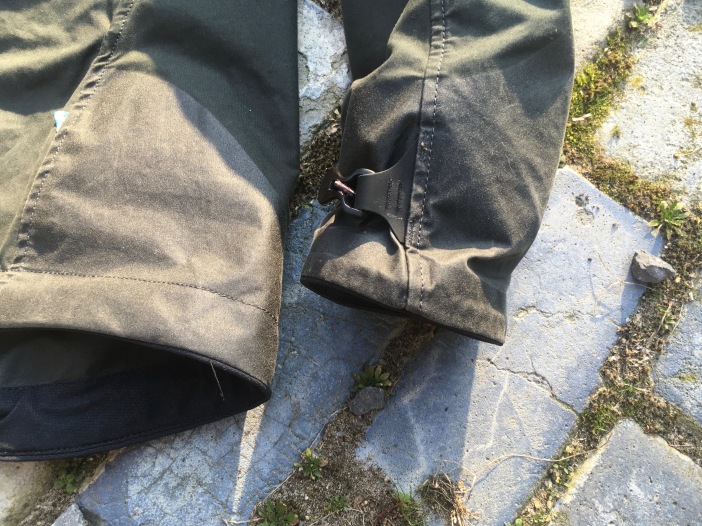
Fit
Klättermusen has really designed this jacket with a technical layering system in mind. It fits perfectly with a base- and mid-layer or a base layer and a thin puffy jacket, but works as well with just a base layer. I am able to squeeze a thin down vest on top of a fleece as well, but that is pretty much the limit. A reinforcement jacket will easily fit over the jacket and midlayer while belaying or resting. The patterning is great. The raglan sleeves are lengthy enough for climbing and don’t make the jacket ride up while lifting your arms over your head. I am 1,78m and weigh about 72kg with slightly long arms for my length and size Small is perfect for me.
Usage
Basically, this jacket is ready for anything. The patterning and feature set will make it function in the wild while mountaineering, hiking, or bush crafting – although the last group might prefer a jacket with more pockets. The clean look will make sure it doesn’t stand out too much on the street (except for those who know what to look for…) and the weatherproof EtaProof material will make it attractive in a wide range of temperatures and weather conditions.
The only drawback I can think of is that it will not perform as well on very wet and cold spring or fall days while camping, as cotton dries quite slowly – although long-staple cotton has a quicker drying time than your everyday jeans. This will be less of an issue in the summer or winter Alps, when staying in huts is par for the course. Also, when combined with natural mid-layers made from wool (warm even when damp) I’d say you’re good to go for slightly wetter adventures as well, provided you’re not camping. I’ve been using the jacket in everyday life in variable conditions for a few months now, and it only wetted through on the inside of my elbows so far – in pretty heavy rain I might add.
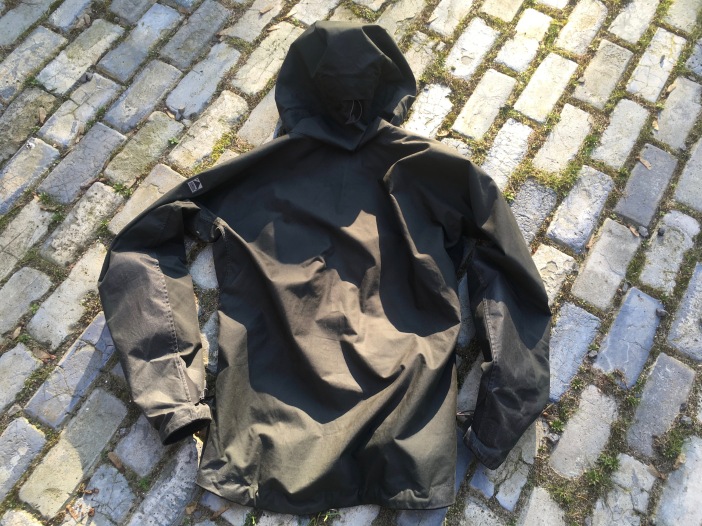
Pros
Full mountain feature set
Looks clean
Feels great
Durable and reparable
Windproof and water resistant
Safe to use around a camp fire
Dries faster than normal cotton
Cons
Costly
Not the lightest option out there
Stiff when wet
Cotton still dries slower than synthetics
Overall
All in all, I would say that this is the most versatile none-waterproof jacket that I have ever worn. It performs well with a range of layers, is water resistant and windproof enough for daily use and hardwearing enough for abuse. Its technical feature set makes it usable in a mountaineering setting, and its subdued look makes it good for the street as well. It does not feel like a plastic bag, does not sound like a bag of crisps, breathes well and is patterned for movement. If you’re going to own just one softshell and are not a gram-obsessed person, make it this one.
Further reading
https://www.klattermusen.com/en/men/jackets/10607m81-einride-jacket-mens-charcoal/
